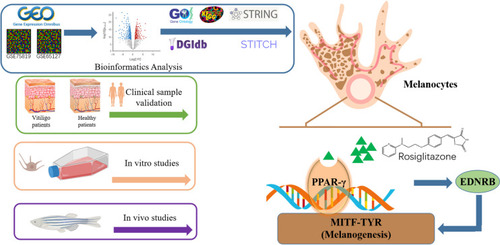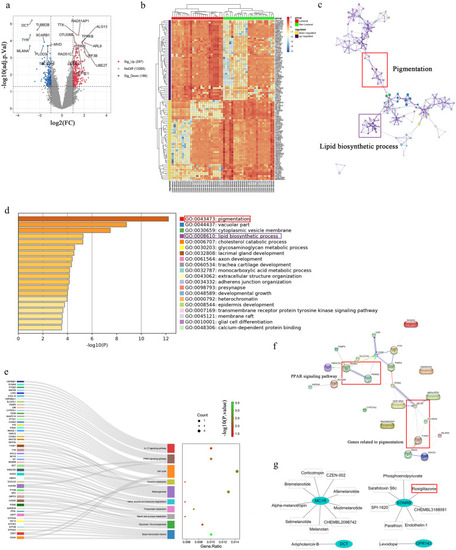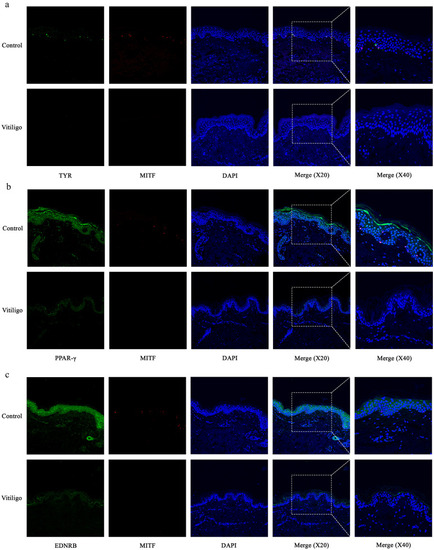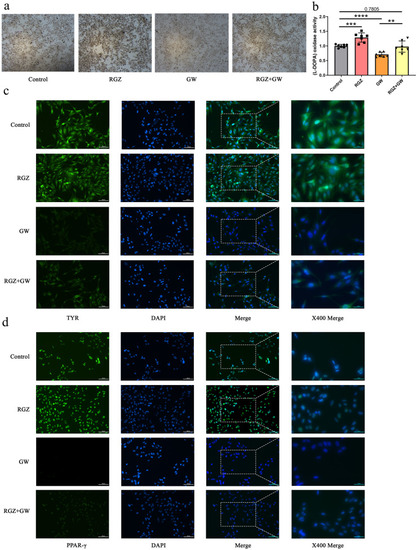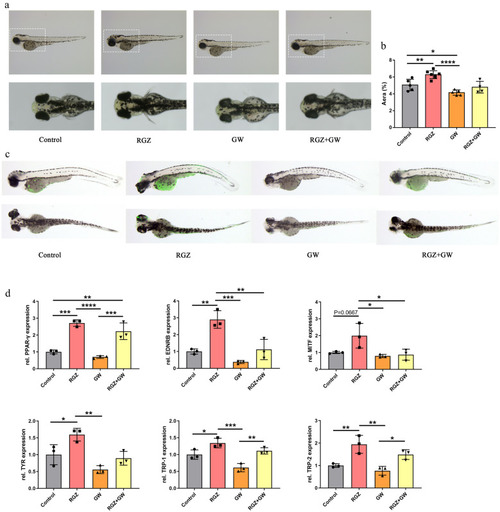- Title
-
Multiple gene-drug prediction tool reveals Rosiglitazone based treatment pathway for non-segmental vitiligo
- Authors
- Zhao, S., Chen, X., Dutta, K., Chen, J., Wang, J., Zhang, Q., Jia, H., Sun, J., Lai, Y.
- Source
- Full text @ Inflammation
|
Summary of the effects of rosiglitazone on vitiligo. |
|
Differentially expressed genes (DEGs) between the vitiligo lesional skin group and non-lesional skin group among GEO-datasets. |
|
Melanocyte deficiency in vitiligo lesions is accompanied by impaired expression of PPAR-γ and EDNRB. |
|
Effect of PPAR-γ signaling pathway on melanogenesis. |
|
PAPR-γ pathway activation increases melanogenesis in zebrafish. |

